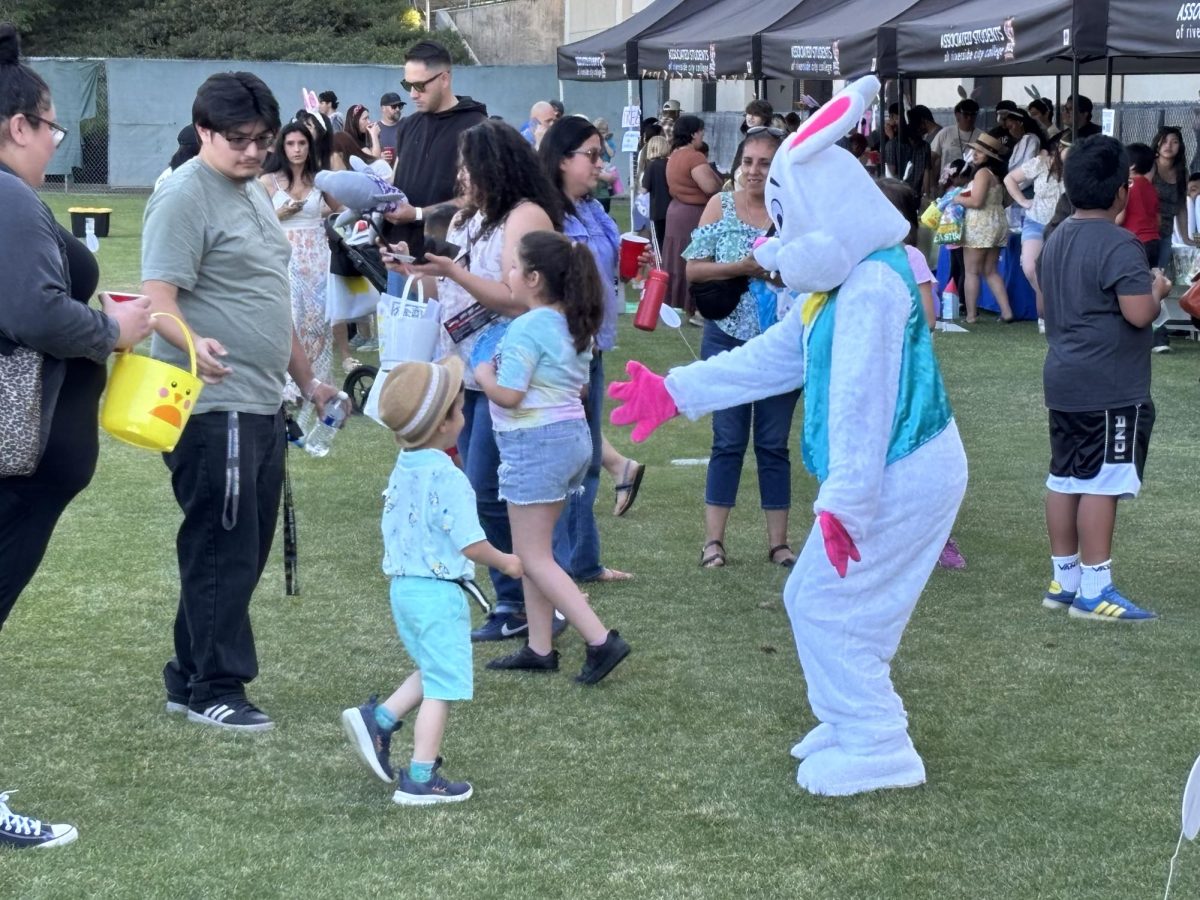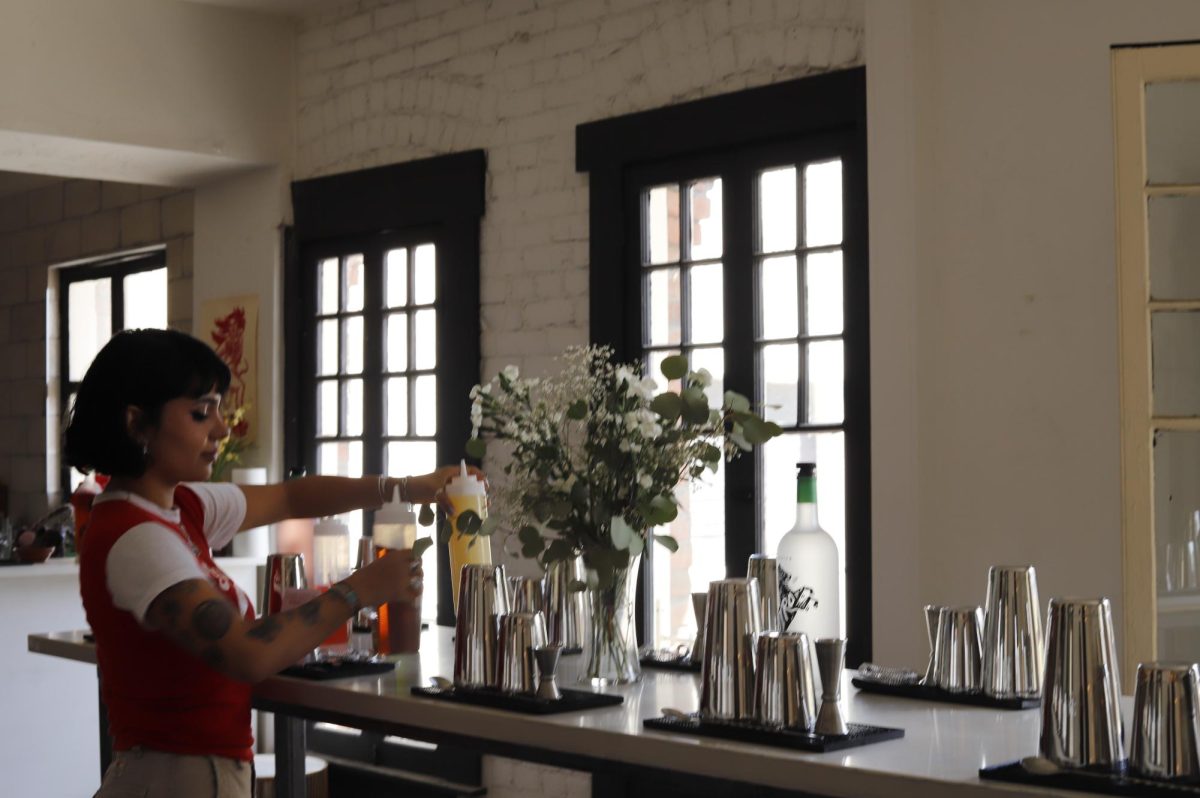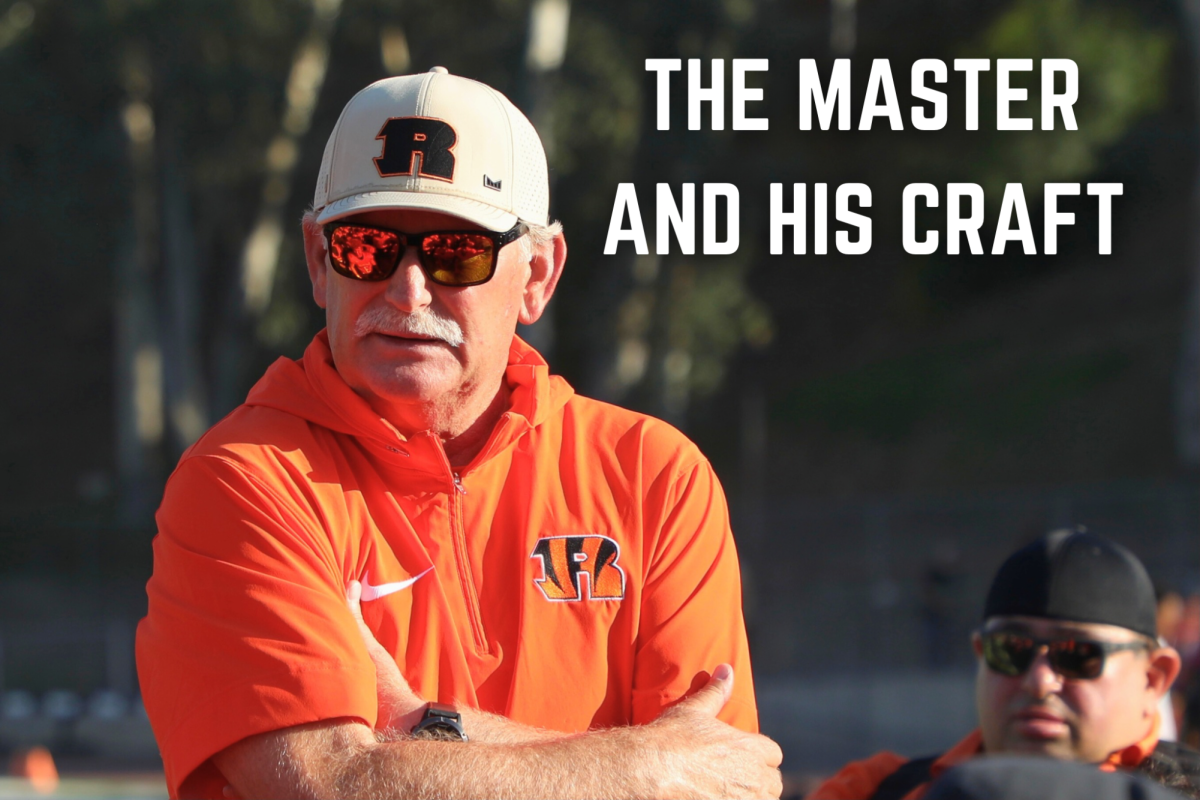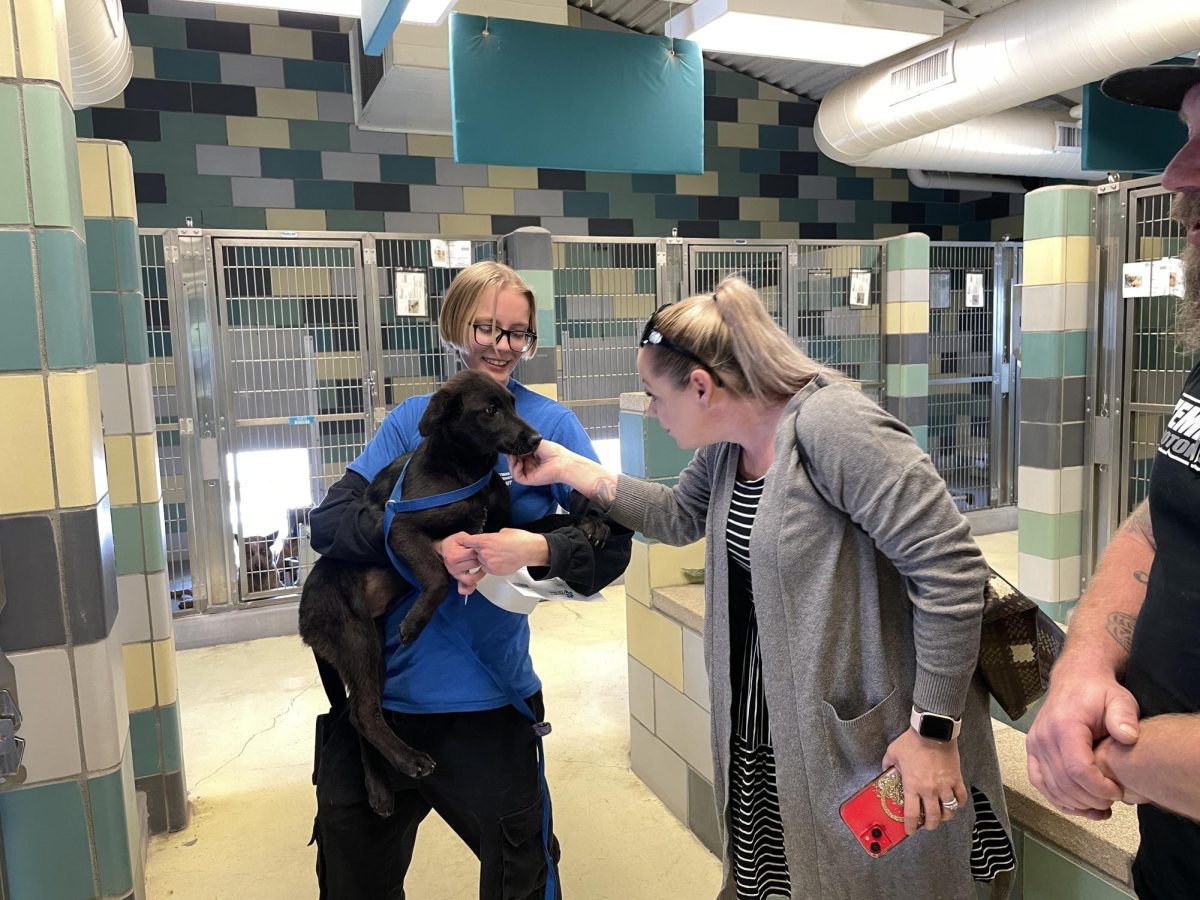By Erin Rohac / Features Editor
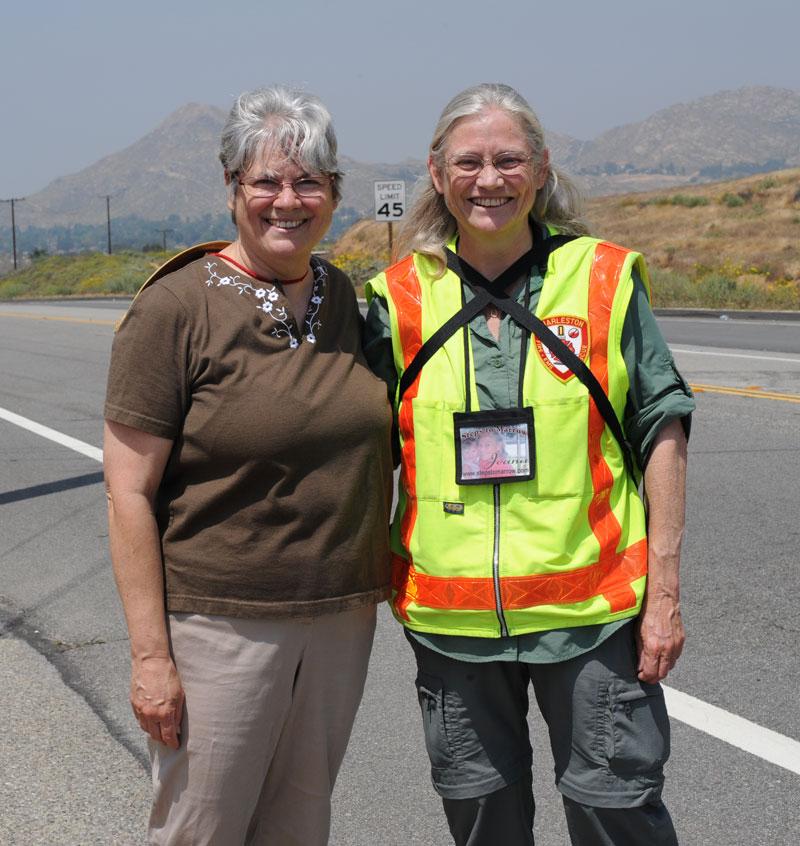
Walk it out (Bobby R. Hester / Editor’s Assistant)
By Erin Rohac / Features Editor
Imagine walking across the country. No, it is not like the walk Forrest Gump took. It is walking up and down the coastline, vertically, horizontally across the country, and everywhere in between.
This is actually a walk being done by 57-year-old Jeana Moore.
She started walking on October 19, 2009 from the Children’s hospital in Seattle, Washington to Los Angeles and is making her way across the U.S. to New York City.
Her endeavor began when doctors discovered that her granddaughter, Jada Bascom, was diagnosed with leukemia in 2007.
Her illness was discovered and immediate steps to control her symptoms and find a donor were put into place.
It can be extremely difficult to find matching donors, particularly for bone marrow because the donor and the receiving patient must have matching tissue types; more specifically, the human leukocyte antigen (HLA) tissue type.
HLAs are protein markers found within the body that are used by the immune system to recognize which cells belong there and which do not.
In other words, they help your body remain healthy and fight infections.
With this being the case, a bone marrow donor must also be in perfect health.
Even a small cold can be transported into the receiving patient, whose immune system is already weak. If they were to receive these “sick cells,” it could be potentially fatal.
At seven months old, the doctors were able to find Jada a suitable donor in Germany.
In 2008, Jada was in remission from her leukemia for five months and in 2009 was being weaned off the immune suppressant drugs.
As a result of the treatment, some young patients have developmental issues.
However, Jada is now over three years old, is doing quite well while still in remission, with no such side effects.
Jada and her family have yet to meet her donor due to German donation law.
The donor and the recipient are not allowed to meet for at least four years following the procedure.
The reason this law is in effect is because many recipients still do not survive after receiving donations and this can be very difficult for donors to handle.
Germany therefore requires this four-year period to allow time for observation of the receiving patient and ensure their wellness.
This coming fall of 2010 will be three years since Jada received her bone marrow. After one more year, she will be able to meet her German donor.
While Jada’s illness really turned her family’s life upside down, this crisis became a turning point for Jeana Moore and her daughter Issa Bascom.
They decided to start the Jada Bascom Foundation.
“We thought we had to give back to others because it was such a blessing we were able to find a donor,” Moore said. “It’s the light that really gets you through these times.”
The organization’s mission is to “Give back to the community and organizations that helped our family through Jada’s illness,” from their Web site stepstomarrow.com.
The Jada Bascom Foundation was created to “educate and increase awareness regarding the need for bone marrow donors, recruit bone marrow donors, support potential donors with the cost of tissue typing and give financial support to organizations helping individuals with cancer and their families,” from stepstomarrow.com.
On top of founding this association, Moore is walking across the country to gain donors and donations for the National Bone Marrow Registry.
“Jeana has a deep commitment to helping others find their bone marrow match and serving individuals with cancer and their families,” from stepstomarrow.com.
For the majority of this long excursion, Moore has walked alone. However, for a short period of time, her sister Ramona Reins accompanied her since she arrived in Santa Monica.
Reins will continue to travel alongside Moore until Phoenix.
Moore relies upon the generosity of the people she meets within each city.
While looking for donors, she also must find those willing to give her somewhere to eat and sleep each day.
However, the biggest challenge Moore finds is getting people to overcome their fears of donating bone marrow.
In television and movies, the procedure is portrayed as being extremely invasive and painful.
“I want people to find out how simple the process is, because of the fear wrapped around it, I want to explain the procedure to them,” Moore said.
The reality is 75 percent of donations are simple peripheral blood and cell extractions.
In simpler terms, it is a normal-sized needle that is used for a simple shot.
There are still 25 percent that require the extraction to be made through the hip directly from the bone, but the patient is put under anesthesia.
Discomfort and some pain only occur upon waking and lasts for a few days.
Nowadays, the common method used for taking out bone marrow is by a doctor administering a shot every day for five days in a row.
The drug received helps increase the number of stem cells in the blood stream.
The excess stem cells can be extracted from the donor’s blood by running it through a machine. The blood is then returned to the donor.
Though the procedure may still seem scary with talks of blood, shots and drugs, it is far easier than the methods of the past.
This simple donation could save a life.
Moore knows that people can be scared, but she has managed to encourage many people to volunteer to be donors in a very short amount of time.
Along her travels, Moore was even able to come through Riverside. “We had an amazing time in Riverside. We were warmly received,” said Moore.
Through an event at Fairmont Park, she was able to sign up 33 people.
Also at San Bernardino Valley College, there were 101 students who signed up to be donors. “It was amazing to see these students show up and the number of sign ups that day was very high for being there for only a single day,” said Moore.
Moore has had the pleasure of speaking with a few people who have donated bone marrow in the past.
One individual at San Bernardino Valley College spoke with Moore about his own bone marrow donation from ten years ago. He said he had the hip extraction without being put under anesthesia. He said he would do it again in a heartbeat the exact same way because he feels so happy to have saved a life.
Moore is currently on her way to Phoenix, Az. There will be a donation day in Phoenix on May 14 at the Latter Day Saints Church. Moore will be continuing on through the desert states with hopes of reaching New York City within 2011.
To avoid the extreme heat, Moore is looking for someone to help drive her through the desert areas from the end of May until early July. If anyone can possibly volunteer their time to drive or knows of people who are able, they can contact Jeana directly at 206-450-5770.
To find out if you are a potential bone marrow donor, you must complete a simple health questionnaire. Then, a small blood sample or cheek swab of your cells is taken to find your tissue type and sent into the National Bone Marrow Registry.
If interested in becoming a bone marrow donor, donating money or simply volunteering, check out the Jada Bascom Foundation website: www.stepstomarrow.com.

